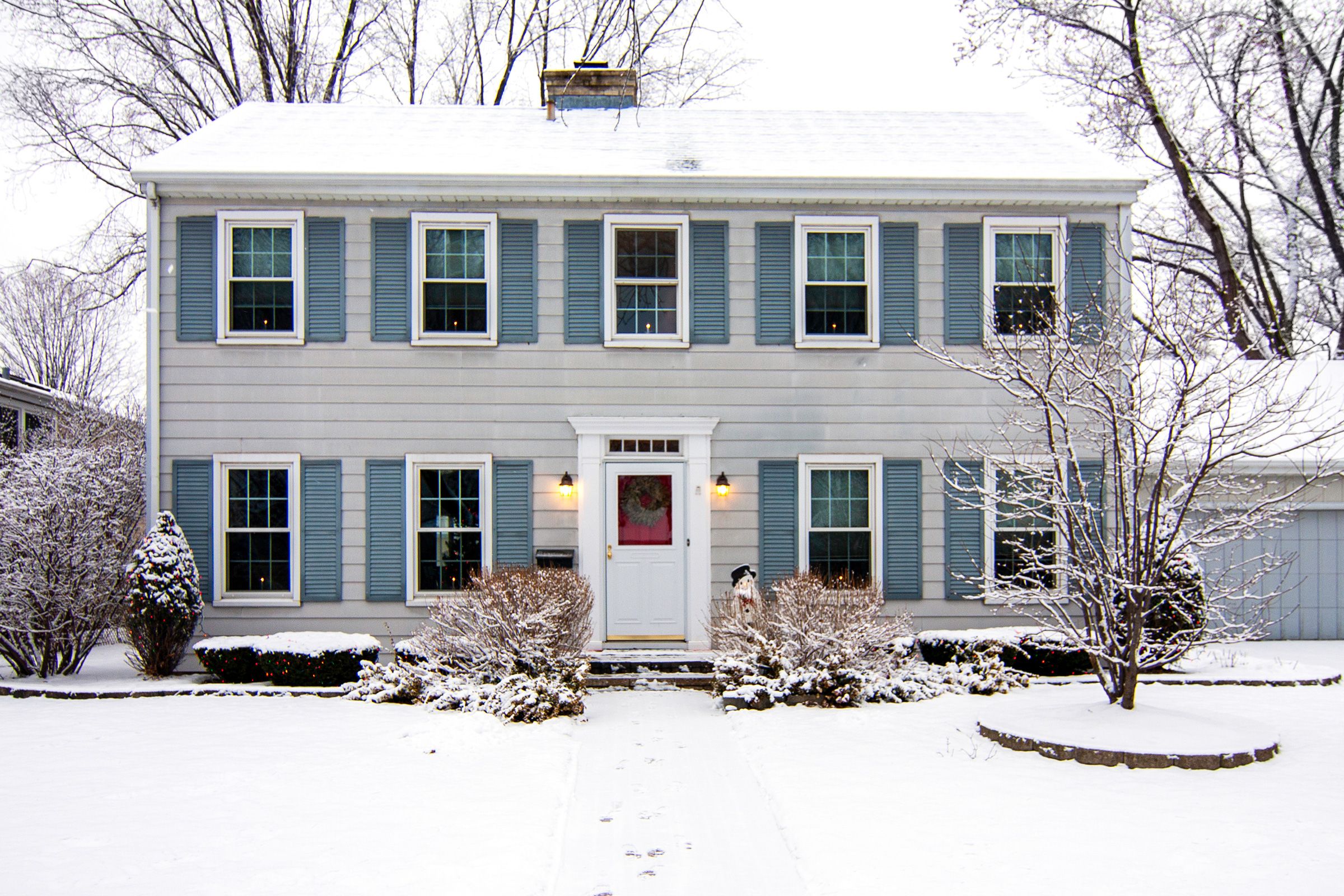This story originally appeared in the Winter 2021 Issue of This Old House Magazine.
When it comes to preparing your home for the winter months, simple tasks can protect your property and ensure comfort throughout the season. Our guide will walk you through seven easy ways to winterize your home, from safeguarding your exterior to optimizing energy efficiency.
Protect Your Home’s Exterior
Winterizing your home’s exterior is the first line of defense against harsh weather. By taking care of your landscaping and outdoor equipment, you’ll prevent damage and make spring cleanup easier.
Safeguard Your Evergreens
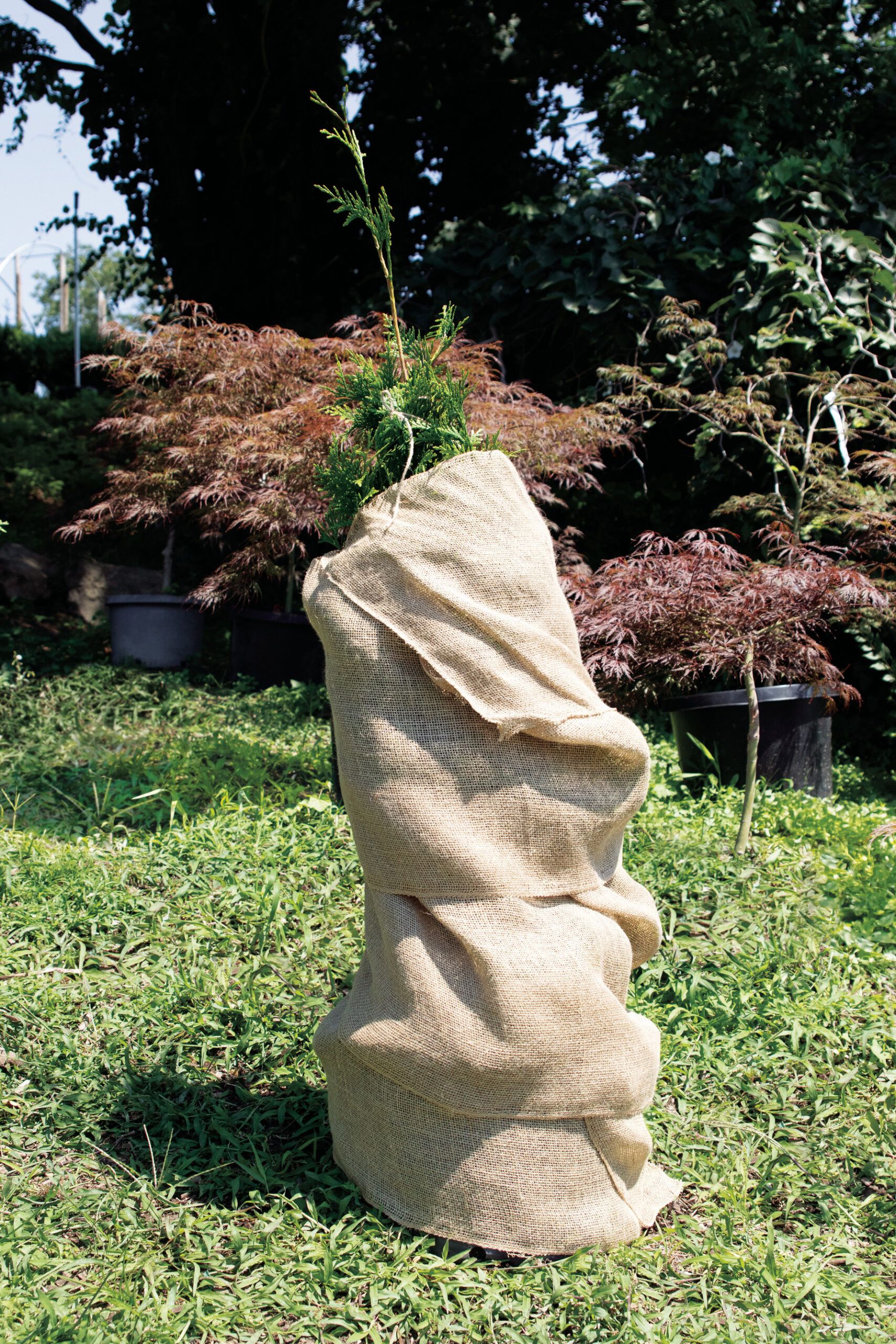
Winter’s heavy snow and ice can wreak havoc on your evergreens, particularly soft-stemmed conifers such as arborvitae, columnar cedars, and junipers. These trees are vulnerable to splaying, bending, and even breaking under the weight of snow and ice. Follow these steps to protect your evergreens:
- Loosely tie the top branches of individual trees with twine loops.
- Cover immature trees with a loose burlap wrap extending to the ground.
- Remove the wraps when the threat of heavy snow has passed.
Prepare Your Gas Grill for Storage
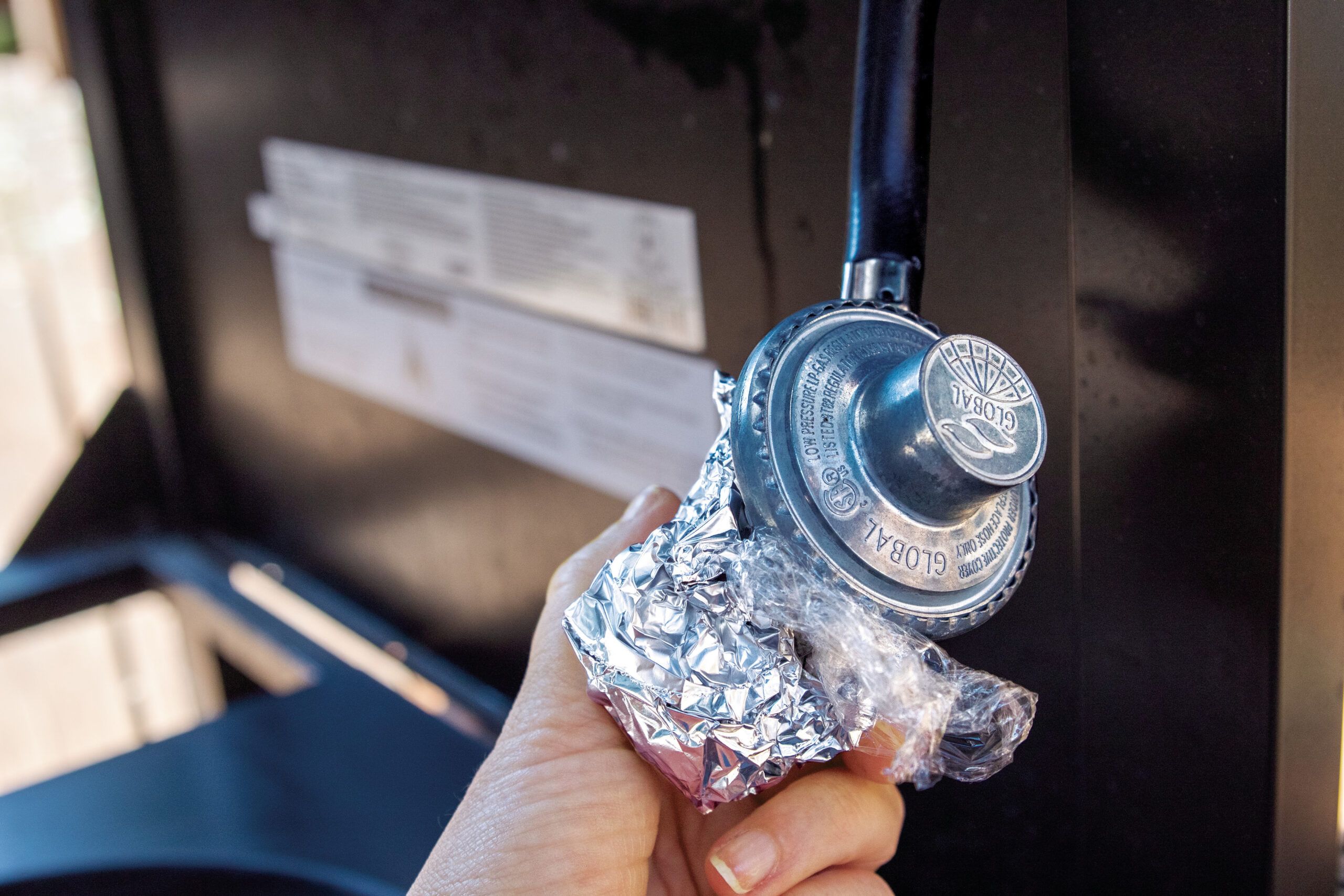
Properly storing your gas grill ensures it’s ready for use when warmer weather returns. Follow these steps to winterize your grill:
- Burn off food and grease by running the grill on high for 15 minutes with the lid closed.
- Once cool, scrub the burners with a dry nylon brush.
- Clean the grates and grease pan with hot, soapy water and dry thoroughly.
- Remove the ignition battery to prevent corrosion.
- If storing outside, cover the grill with a weatherproof cover.
- For indoor storage, disconnect the tank and store it outside. Wrap the grill’s regulator in plastic and aluminum foil to prevent insect infestation.
Maintain Indoor Air Quality and Safety in Your Home
Indoor air quality is especially important during winter when we spend more time inside. Ensuring your home’s air is clean and safe should be a top priority in your winterization efforts.
Clean and Degrease Range-Hood Fan and Filter
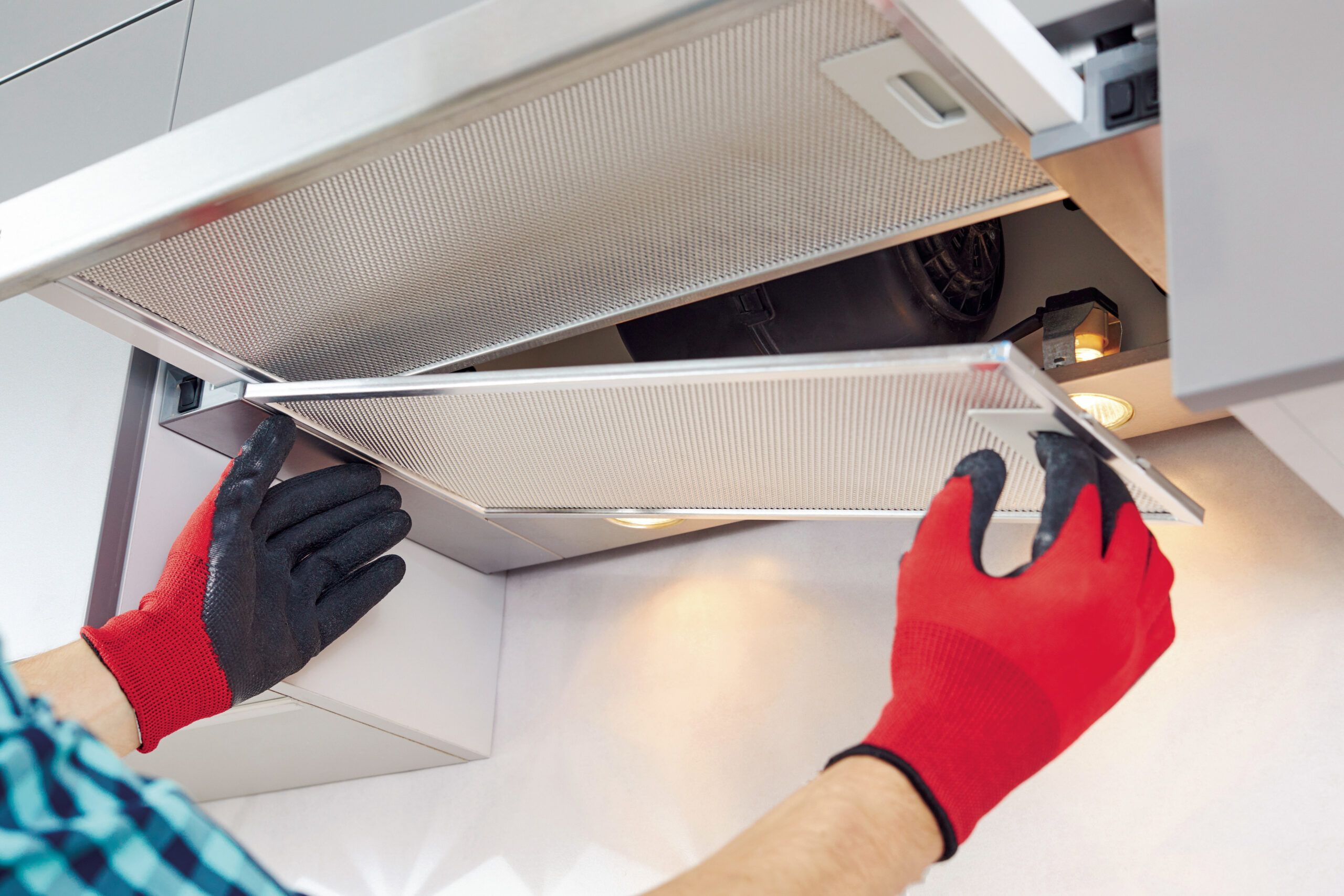
A clean range hood can help maintain good air quality in your kitchen. Grease and dirt buildup can decrease efficiency, trap odors, and even pose a fire hazard. To clean your range hood, follow these steps:
- Remove the filter and drip tray according to the manufacturer’s instructions.
- If possible, place these parts in the dishwasher for cleaning.
- For heavily soiled parts, soak them in a 1:1 solution of hot water and degreaser for at least 10 minutes.
- Scrub, rinse, and dry all components thoroughly.
- Clean the fan blades or turbine as well.
Check Fire Extinguisher Gauges
Check fire extinguisher gauges before the colder months when heating systems are in heavy use. The National Fire Protection Association (NFPA) recommends monthly inspections of your fire extinguishers. Here’s what to do:
- Blow dust and insects out of the nozzle.
- Check that the pressure gauge shows it’s within an operable range.
- If the pressure is low, seek a certified fire protection service for refilling.
- Replace non-rechargeable units with low pressure or any unit showing rust, dents, or leaks.
Prevent Water Damage During the Winter
As temperatures drop, your home faces the risk of frozen pipes, ice dams, and other winter-related water issues. Preventive measures to protect your home from water-related hazards are a crucial part of winterization.
Clear Soffit Vents
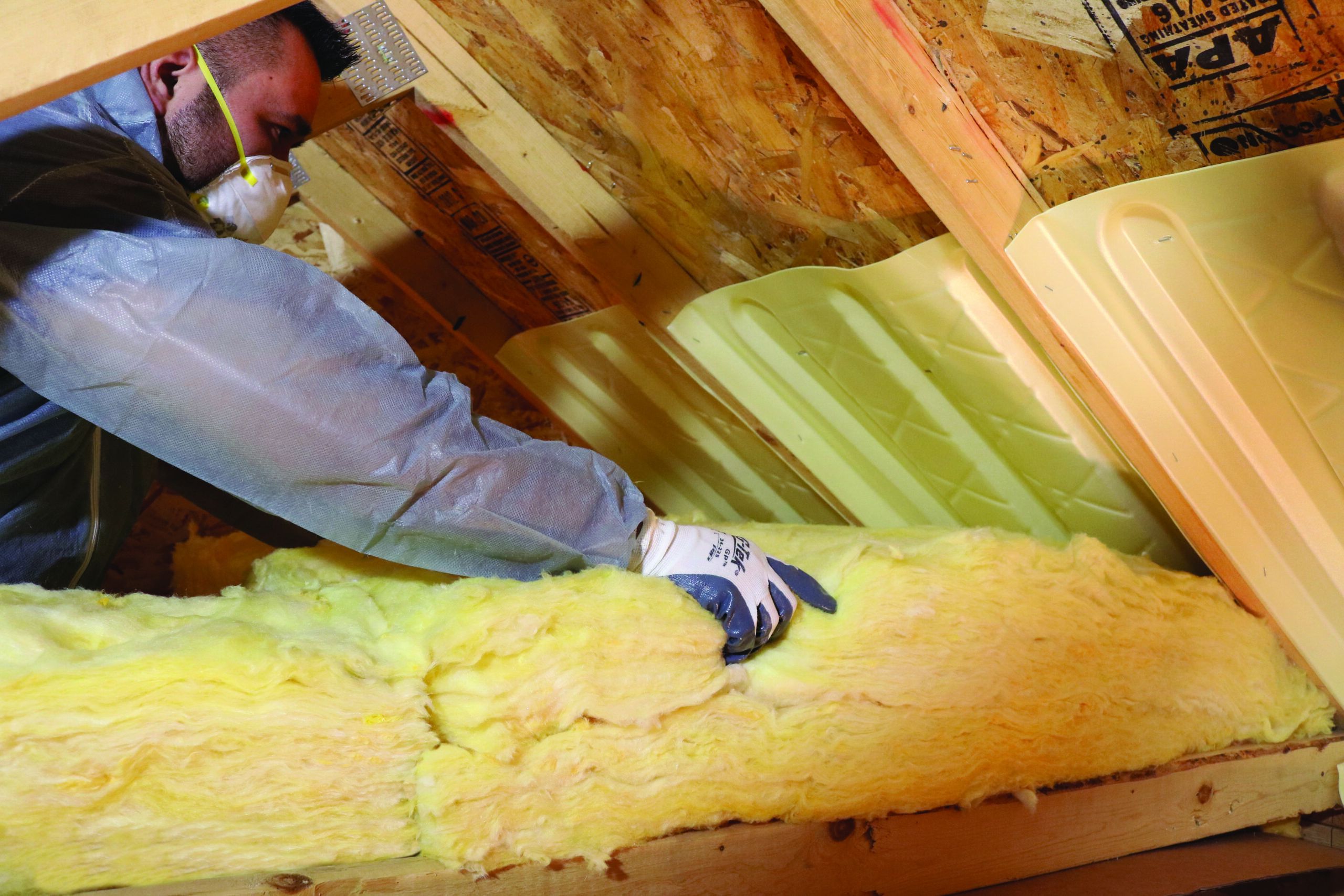
Soffit vents play a vital role in attic ventilation, working with ridge vents to keep the space cool and dry. When blocked, they can contribute to ice dam formation. Proper attic ventilation helps prevent ice dams and extends the life of your roof. Follow these steps:
- Check your attic on a sunny day for blocked soffit vents.
- If you don’t see light coming through, remove any blockages.
- Install baffles at the base of each rafter bay to maintain a clear airflow path.
Address Ice Dam Issues
Ice dams can damage your roof and interior. If you notice water backing up into your house due to an ice dam, try this tip from TOH General Contractor Tom Silva: “If an ice dam at the eaves is causing water to back up into your house, take a box fan into the attic, aim it at the leak, and turn it on. The extra flow of cold air should lower the roof temperature and halt the dripping. “
Inspect Your Roof
Besides preventing ice dams, regular inspection of your roof can help identify other possible sources of water damage. Check for any missing shingles, loose flashing, or clogged gutters, which can contribute to leaks and ice dams. This inspection helps address issues early, reducing damage during the harsh winter months.
Care for Your Tools and Equipment Before Winter Arrives
Take care of your tools and equipment before winter arrives to ensure they’re ready for springtime use.
Winterize Power Equipment
Winterizing your power equipment can help prevent corrosion and help extend the life of the engine. Follow these steps to winterize your lawn mower, trimmers, leaf blower, and other power equipment:
- Change the oil in gas-powered equipment.
- Add fuel stabilizer to prevent fuel degradation.
- Clean or replace air filters.
- Sharpen blades and lubricate moving parts.
- Store in a dry, protected area.
Maintain Handheld Garden Tools
Don’t forget about your hand tools. They need care, too, to prevent rust, cracks, and other types of damage. Here are some tips to follow:
- Replace cracked handles.
- Sand wooden handles smooth and apply a fresh coat of oil or stain.
- Scrub blades clean with a wire brush.
- Sharpen blades with a file as needed.
- Spray a thin coat of WD-40 on metal parts to prevent rust.
Enhance Interior Comfort and Appearance
Winter is a good time to focus on indoor projects that improve your home’s comfort and aesthetics.
Touch Up Painted Woodwork
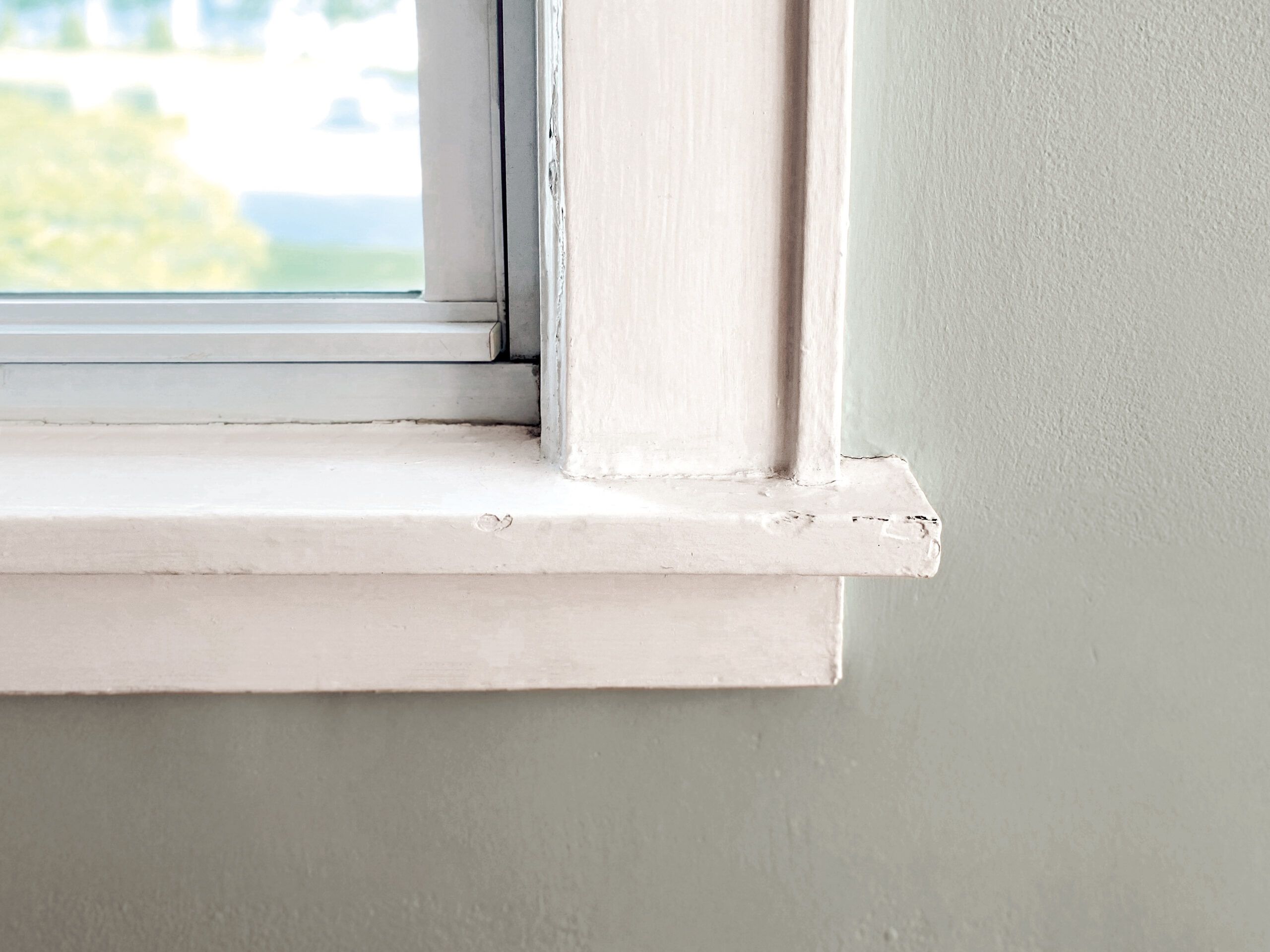
The holiday season provides a perfect opportunity to address any chipped paint on the door and window casings or baseboards. Here’s how to touch up painted woodwork:
- Lightly sand the chipped area smooth with 120-grit paper.
- Apply an oil-based primer to bare wood.
- Use a soft artist’s brush to dab on paint.
- For deeper chips, apply wood filler, let dry, then sand with 180-grit paper before priming and painting.
Inspect and Repair Weather Stripping
Weather stripping prevents drafts and reduces energy costs. Inspect the weather stripping around doors and windows, replacing any that’s worn or damaged. This simple task can improve your home’s energy efficiency and comfort.
Harness Natural Light
Optimizing natural light can enhance your home’s interior comfort and reduce reliance on artificial lighting. Make sure curtains and blinds are open during daylight hours to allow sunlight to naturally heat rooms, and consider window treatments that help retain heat on cold days or during nighttime.
Optimize Energy Efficiency
Improving your home’s energy efficiency can help you reduce your home’s heating bills while keeping your home cozy.
Seal Air Leaks
Air leaks can account for a significant portion of your home’s heat loss. Use caulk or weatherstripping to seal gaps around windows, doors, and other openings. Pay attention to areas where different building materials meet, such as where siding joins the foundation.
Insulate Pipes and Water Heater
Insulating pipes and your water heater can prevent heat loss and protect against freezing. Use foam pipe insulation on exposed pipes, especially in unheated areas like basements and crawl spaces. For your water heater, consider adding an insulating blanket to improve its efficiency.
Upgrade Your Thermostat
A smart or programmable thermostat can optimize energy use by adjusting the temperature based on your schedule. This upgrade helps maintain comfort while reducing heating costs by avoiding unnecessary heating when the home is unoccupied or during night hours when you’re asleep.
Consider Energy-Efficient Windows
According to the U.S. Department of Energy, heat gain and loss through your windows is responsible for 25%–30% of residential heating and cooling energy use. If your budget allows, consider upgrading to energy-efficient windows. These windows have better insulation properties, reducing heat loss and helping to maintain a consistent indoor temperature. They’re typically an expensive upfront investment but pay off in the long run through energy savings.
Prepare for Winter Emergencies
Being prepared for winter emergencies can help keep your family safe and comfortable during unexpected events. Having an emergency kit, a family communication plan, essential supplies, and an emergency shelter will make you better prepared for winter-related hazards.
Create an Emergency Kit
Put together an emergency kit and keep it in an easily accessible location known to all family members. Here are some items your kit should contain:
- Battery-powered or hand-crank radio
- First aid supplies
- Flashlights and extra batteries
- Nonperishable food and water
- Warm blankets and clothing
Develop a Family Communication Plan
Create a plan for how your family will communicate and reunite in case of separation during a winter emergency. Include contact information for all family members and designate an out-of-area contact who can help coordinate if local communication is disrupted.
Stock Up on Essential Supplies
In addition to your emergency kit, make sure that you have essential supplies stocked up. Include items such as medications, pet food, and baby supplies. Having these essentials can make a big difference during an extended power outage or other emergency situations.
Weatherproof Your Emergency Shelter
Set up a weatherproof emergency shelter where you and your family can go if your home suffers damage during a winter storm. Make sure that a part of your home, such as a basement or interior room, can serve as a shelter by keeping it stocked with your emergency kit, warm sleeping bags, and a backup heating source, such as a wood stove or space heater.
Our Conclusion
The key to successful winterization is proactive maintenance. Winterizing your home can help you protect your property, enhance comfort, and keep your home and its occupants safe throughout the cold months. Stay warm and enjoy the cozy comfort of your well-winterized home this season.
